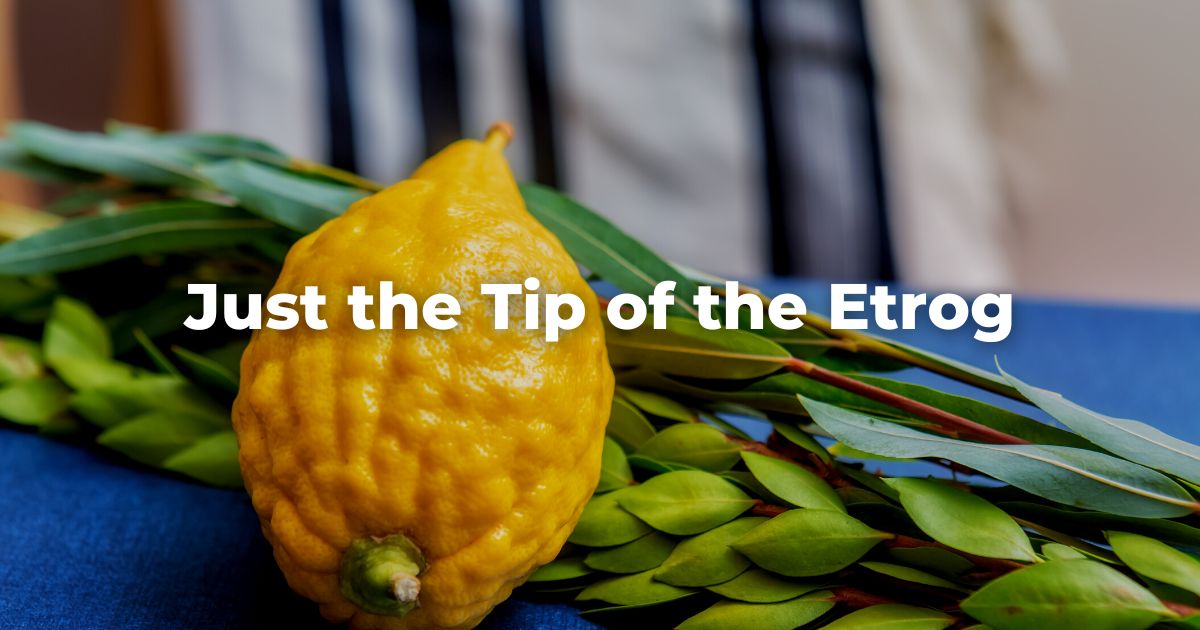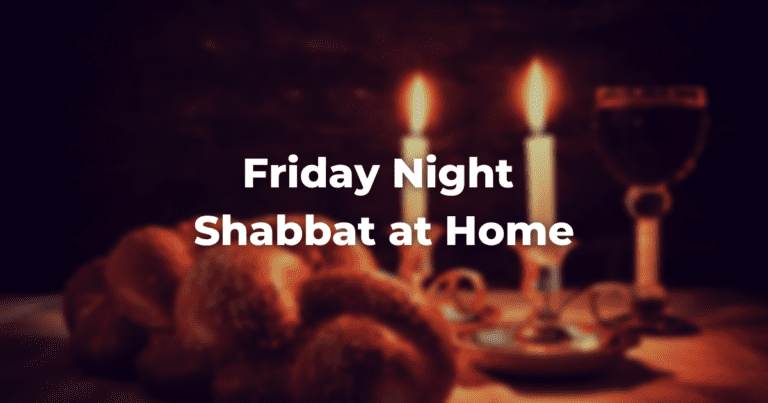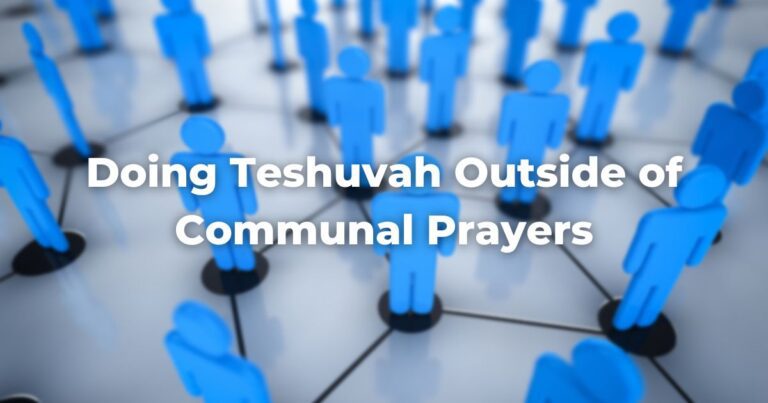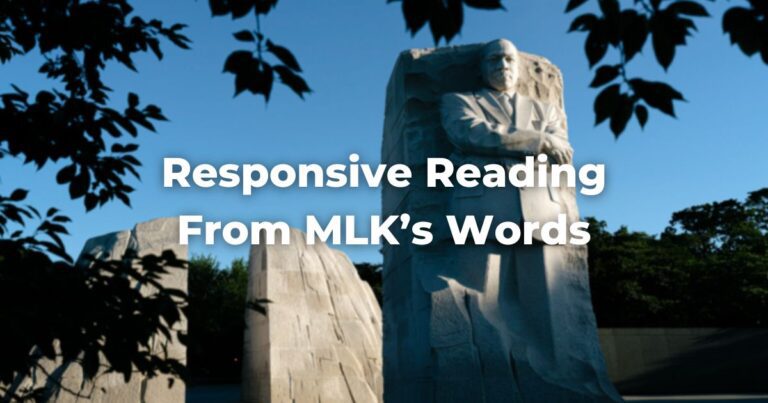It was like a scene out of an adventure flick: the man on the mission drives off into the night to where his contact is waiting for him. He parks his car along a dark road and stumbles across the lawn of the man he is meeting to make the secret connection, then he rides back off into the night, his mission accomplished.
Well, the real scene wasn’t exactly the stuff of adventure movies, but you could say that it involved a very important mission, nonetheless.
Several years ago, just a couple of days before Sukkot, when we opened the lulav and etrog sets ordered by members of my synagogue, we discovered that seven of the etrogim, the citron fruits used as one of the four species on Sukkot, were not fit for ritual use.
The pitma, the little protrusion that grows at their tip, had been broken in transport from Boston to Albany. The halachah is clear that if the pitma and its eitz, the little tube connecting it to the body of the etrog, has been broken off, it can no longer be officially called pri eitz hadar, fruit of the goodly or beautiful tree, as the TorahRefers to the first five books of the Hebrew Bible, the Tanakh, also called the Five Books of Moses, Pentateuch or the Hebrew equivalent, Humash. This is also called the Written Torah. The term may also refer to teachings that expound on Jewish tradition. Read more refers to it.
That is because the Torah explicitly requires the etrog to be whole and identifiable as it has grown, with all of its working parts in order.
The mission I was on that evening was to find new etrogim, as well as two more lulav sets, because our order had not been filled correctly. I did find everything that we needed, the day was saved for members of Ohav who ordered their sets, and the integrity of halachah was maintained.
What made my mission even more interesting was that the person from whom I bought our extra etrogim gave me three that grow without the pitma protrusion. According to Jewish law, these may look exactly the same as those whose pitma broke off.
However, because they develop naturally without the tip, they are considered to be completely kosher for use during the holiday. (See Shulchan Arukh Orach Chayyim 648:7)
How one can tell a broken etrog from one that grew without a pitma? This involves a level of implicit trust in one’s contacts that would put the best adventure, spy, and espionage novels to shame.
Broken etrogim are the hilarious stuff of many families’ collections of stories, as well as of stories by Jewish writers.
The idea that a tiny, fragile protuberance can make an entire ritual object unfit for use and wreck someone’s holiday observance seems so absurd to us.
So, we laugh about it, especially when the source of the damage is some kid whose curiosity killed the cat, or the etrog so to speak. I suspect that lying below the surface of our amused bewilderment about this law is a more serious discomfort that modern Jews have with Jewish law.
This is the kind of rule that seems emblematic of everything we don’t like about rules, especially religious ones: it’s rigid and overly ritualistic, stressing pintelach, the legal minutiae, over good intentions and the general goals of religious practice.
“So the pitma broke off, who cares?” you may ask. Lulav and etrog sets are expensive, so why encourage such waste? Further, forget the high cost of a new etrog, if you could even find one.
It is nothing compared to the high cost of the broken heart of a child who was so looking forward to waving the four species during the holiday. On that score, what is more important anyway, adherence to ritual rules, or promoting sensitivity to others?
Being a religious Jew and Jewish educator who struggles with these kinds of concerns all the time, I admit that some of these thoughts went through my mind on late Thursday night as I raced around the city looking for new etrogim, instead of sitting at home with my family watching the Yankees beat the Red Sox.
Why do all of this, I asked myself and I imagined others asking me. Here is one answer:
Jewish law matters.
Judaism teaches us that it has always been the predominant vehicle through which we express our relationship with God, and our commitment to a life of Torah and holiness on a daily basis.
We are asked to set our watches according to it, as well as to use it to know how to eat, wake up, sleep, speak, do business, make love, build families, deal with our enemies, and make many other meaningful choices.
In the realm of life transforming rules is this one about etrogim so important? No and yes.
No, because there are obviously other aspects of Jewish living that have far greater impact on us and our communities than some piece of fruit.
Yes, because for thousands of years our people has been celebrating the joy and blessings of life before God using four whole, unblemished vegetative species that meet specific criteria.
We would never bring a broken gift to the homes of our hosts. Why bring a broken gift to the One in Whose house we are now, as we offer thanks for the broken but beautiful home of a world in which we’ve been placed? A person viewing such attention to the minute details of an etrog might call us pinheads. I suggest that we call ourselves pintelach heads: people who see not the devil, but the divine, in the details.
By saying that Jewish law matters, I do not mean that it cannot be developed in response to new realities, or that its spirit and meaning are less important than a morass of legal details. I also do not mean that all of Jewish law derives literally from God, who gave Moses the laws of the etrog in discrete words and letters, to paraphrase Rabbi Norman Lamm.
Further, I don’t buy the literalist argument that failure to follow the details of the law somehow puts us at odds with God, who is now more apt to weigh our failures against our fulfillments on the scales of divine justice. After Auschwitz that argument is not only absurd, it’s obscene.
Finally, the authority of Jewish ritual law must always be balanced against the authority of Jewish ethical law and the basic goals of achieving menschlikhkeit. Within Jewish law, legal instruments and processes have always existed that keep these two compelling demands in balance, despite the fact that the halachic community today is often too cowardly to use them.
In other words, the Jewish laws that demand perfect, unbroken etrogim are not automatically more important than the laws that demand compassion and flexibility when we deal with our imperfect, broken lives. (By the way, let’s say your pitma is broken and you choose to use it anyway.
The Jewish values forbidding me from embarrassing you and requiring me to judge your actions meritoriously outweigh, in my opinion, any obligation I may have to query you on the status of your etrog.
I won’t be asking anyone any time soon, but if I found a broken etrog I would try to put it aside and find another one.)
All of these things having been said, Jewish law does matter. Its most mundane and profound structures create for us an architecture of time, space, and behavior that allows us to live and shape every moment with a consciousness of God’s presence.
From the top of Mount Sinai to the tips of our etrogs, from the tops of our heads to the bottoms of our feet, Jewish law covers us in mitzvot that make our lives rich and fragrant fruits to be offered to God.
Author
-

Dan Ornstein is the rabbi of Congregation Ohav Shalom, a writer and a teacher living with his family in Albany, New York. He is the author of Cain v Abel: A Jewish Courtroom Drama (Jewish Publication Society, 2020). Check out his website at www.danornstein.com
View all posts






